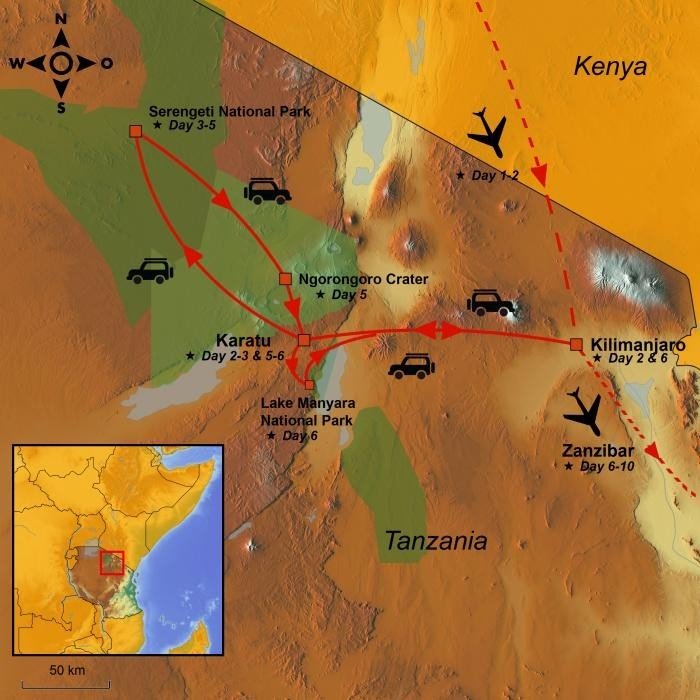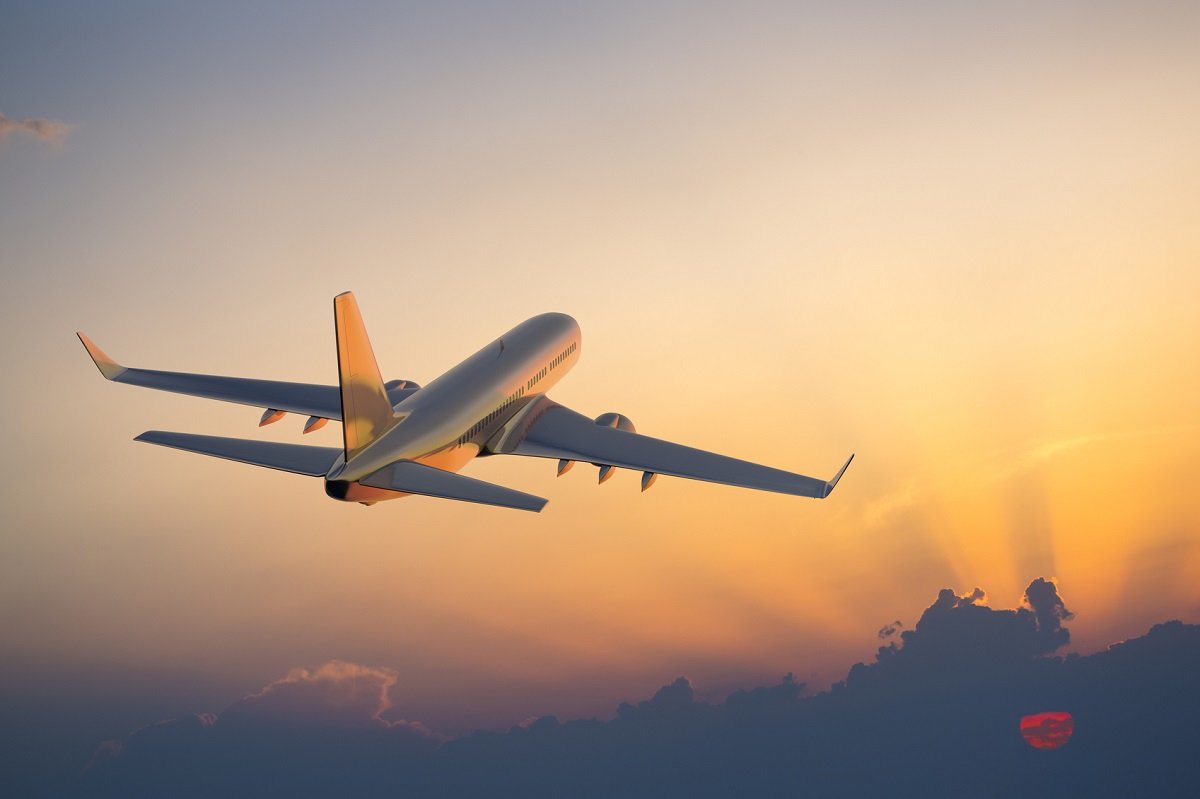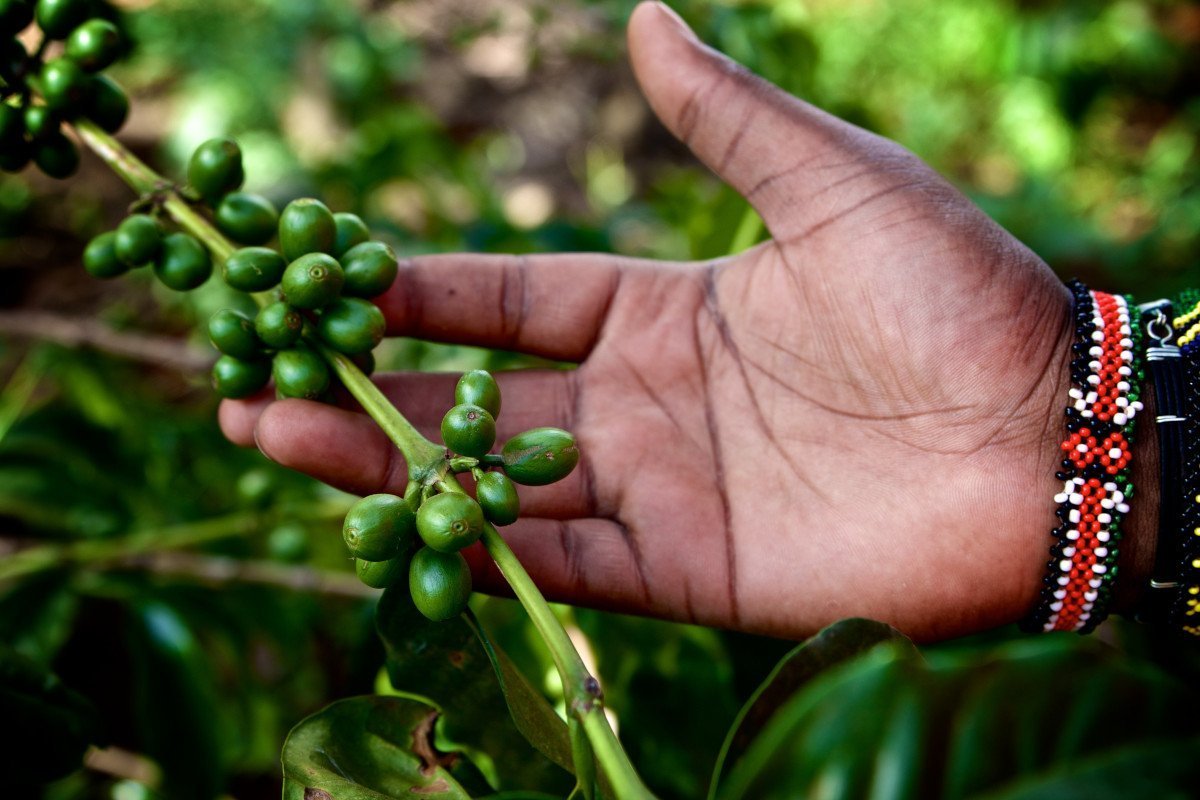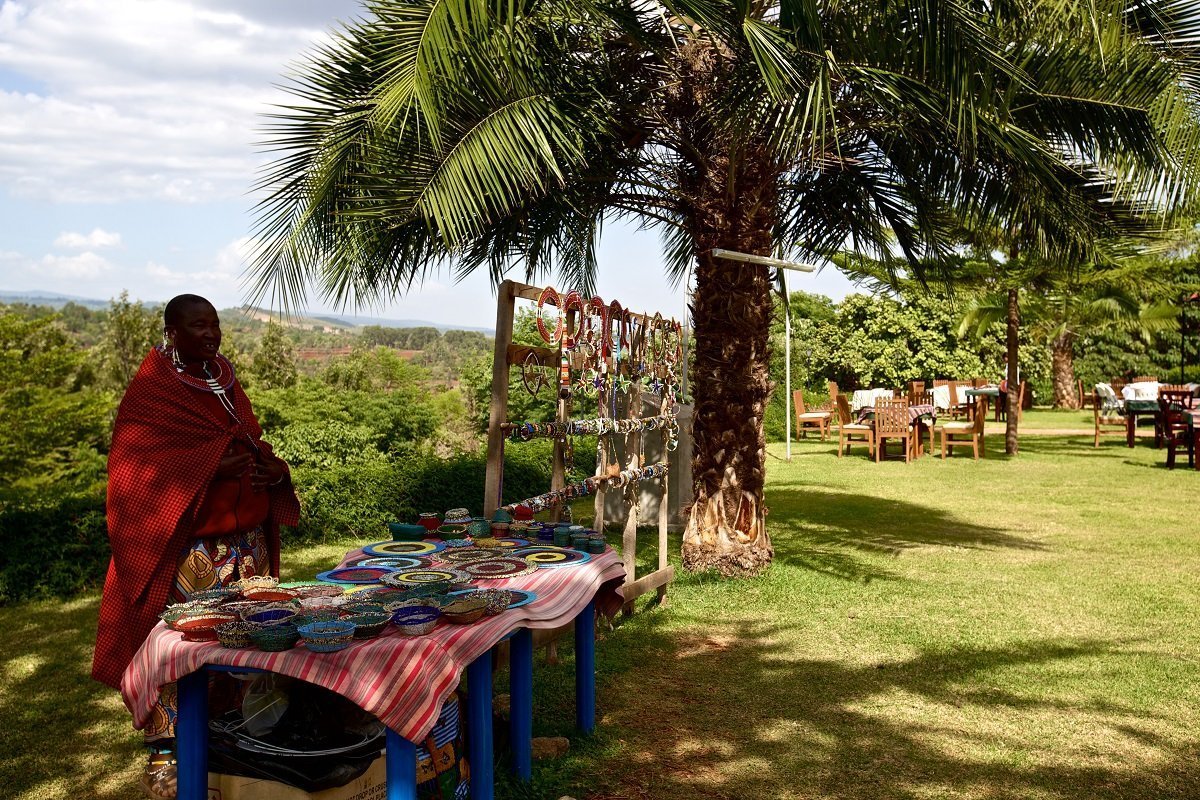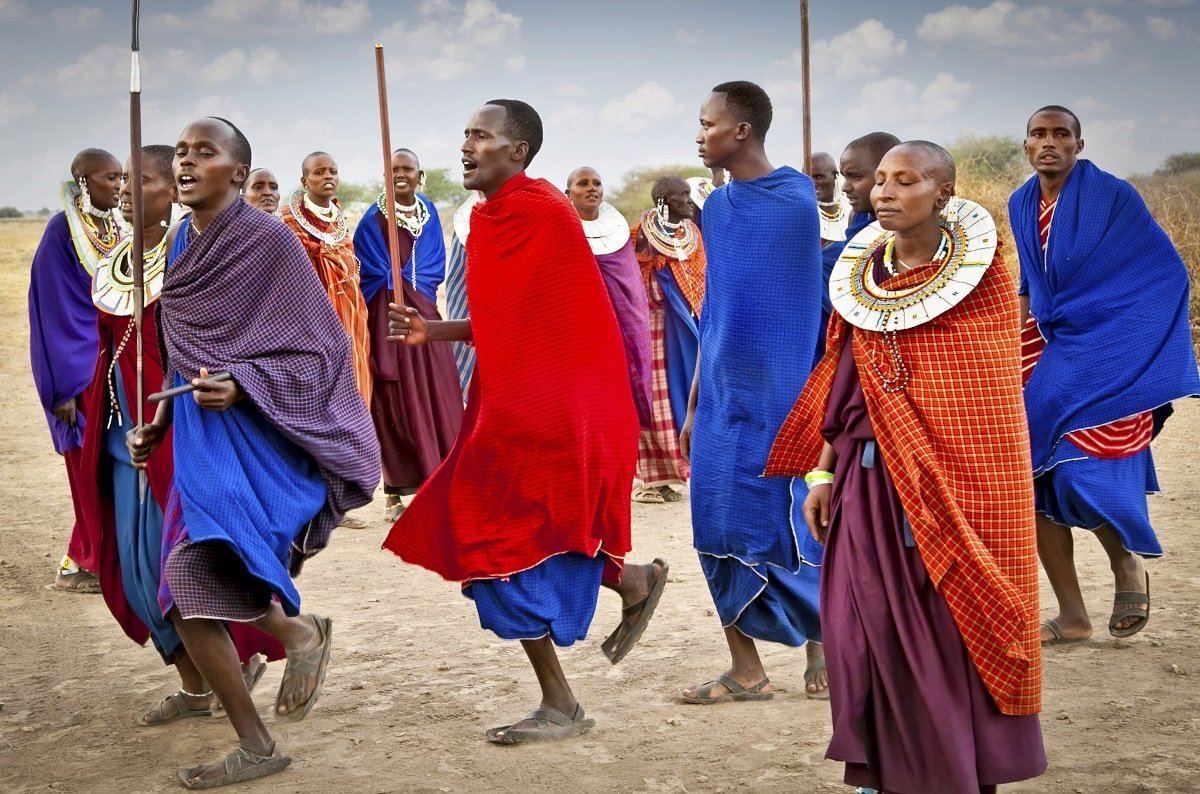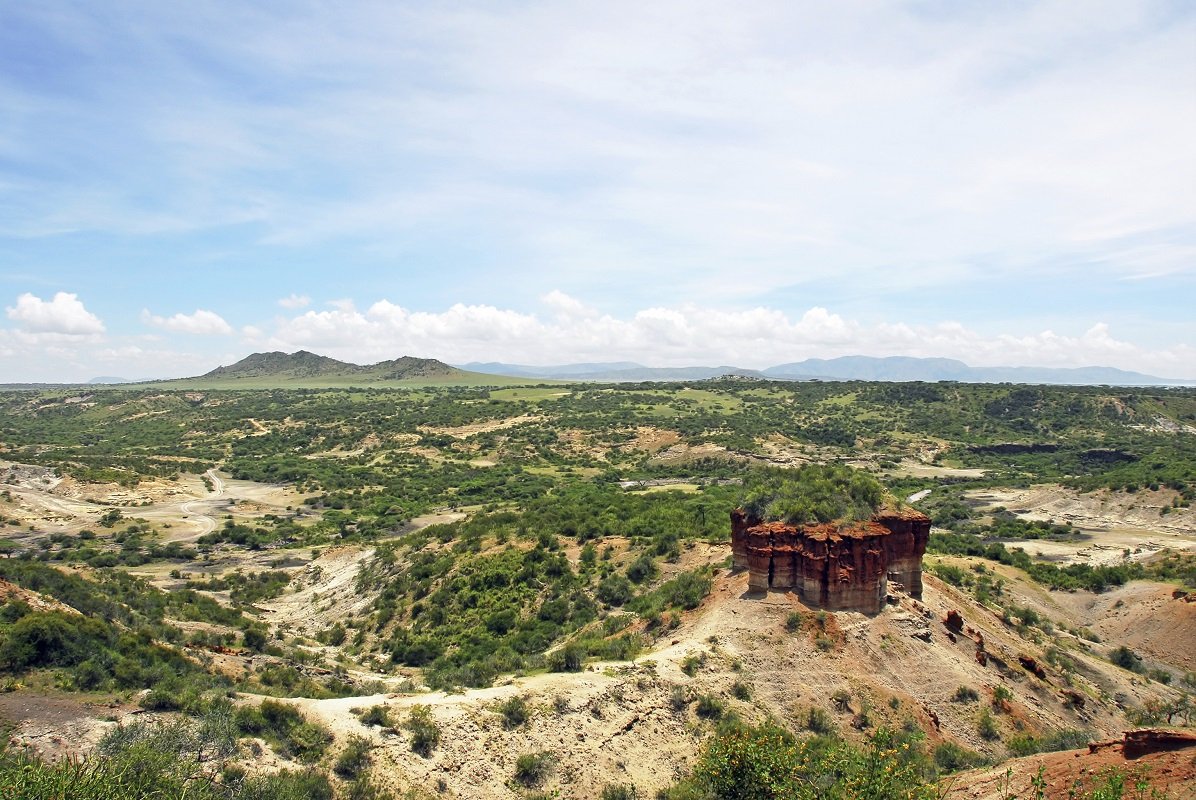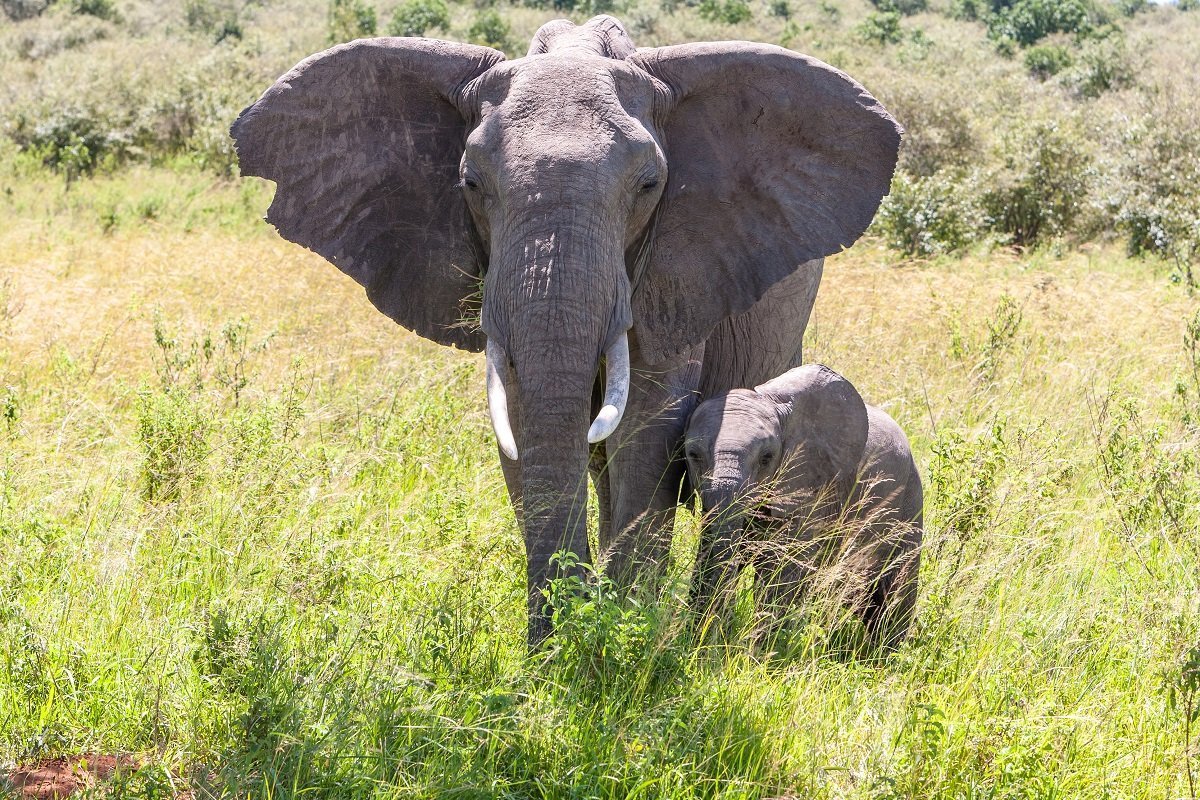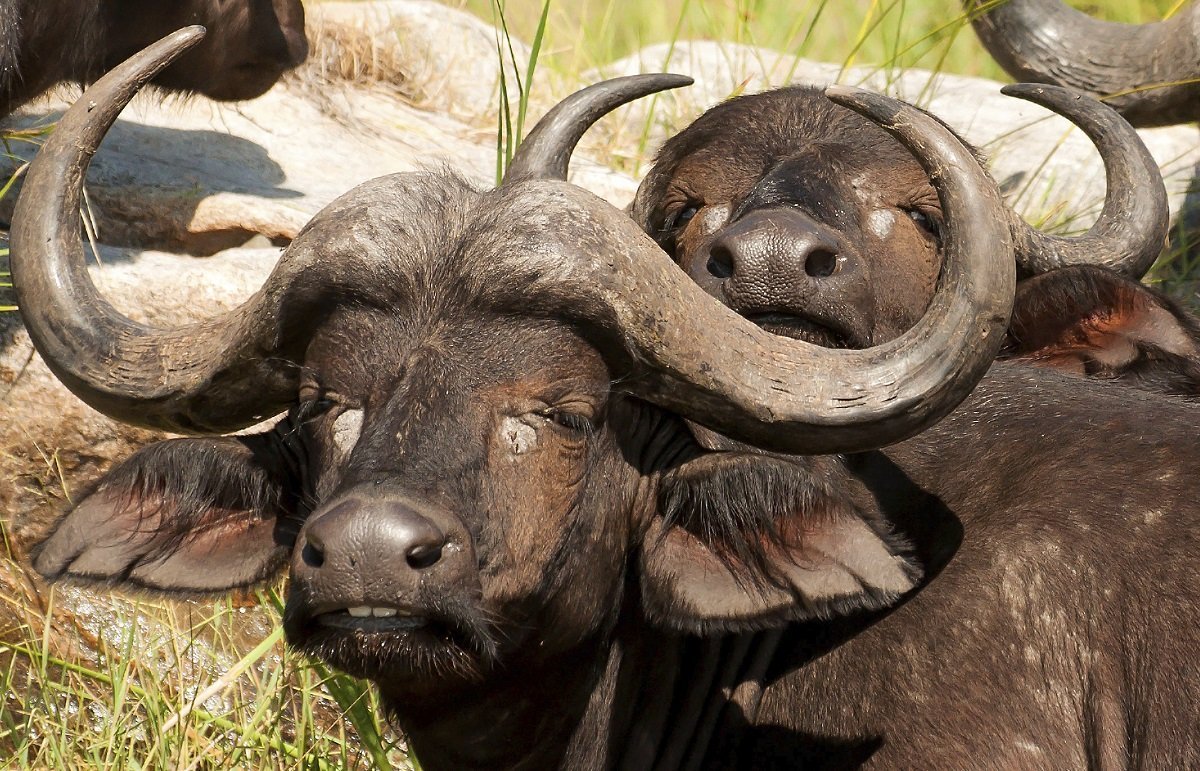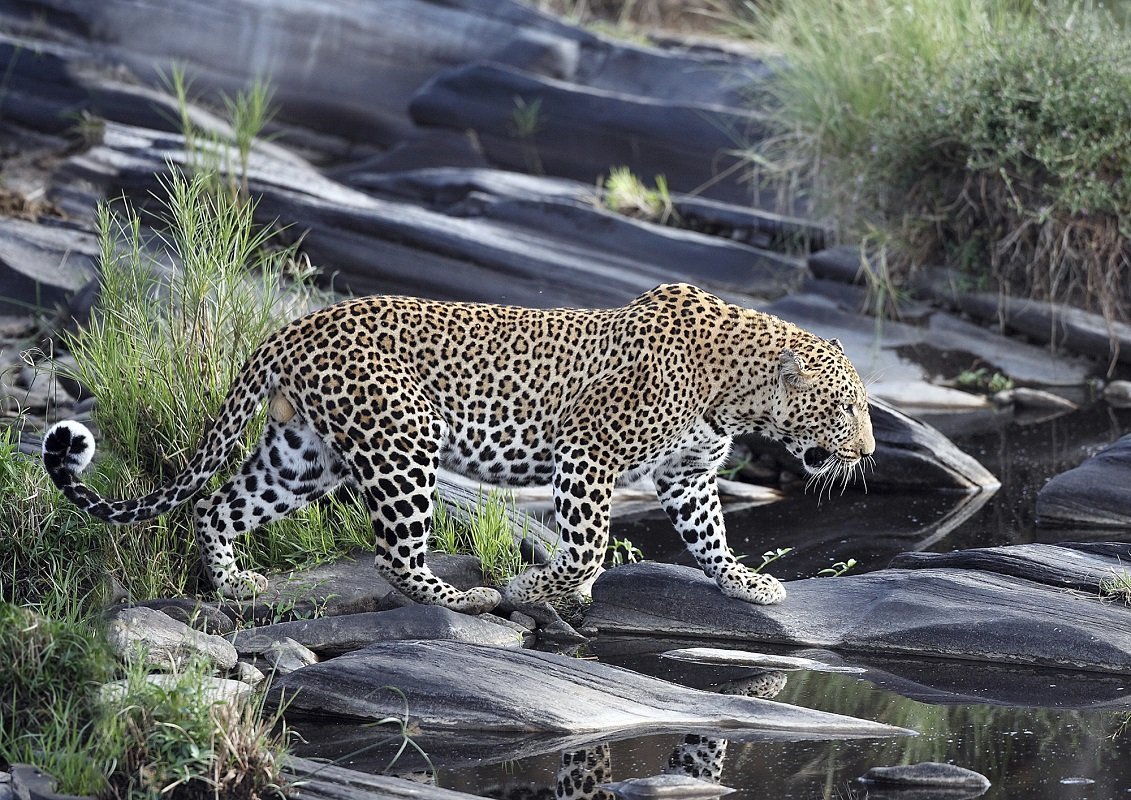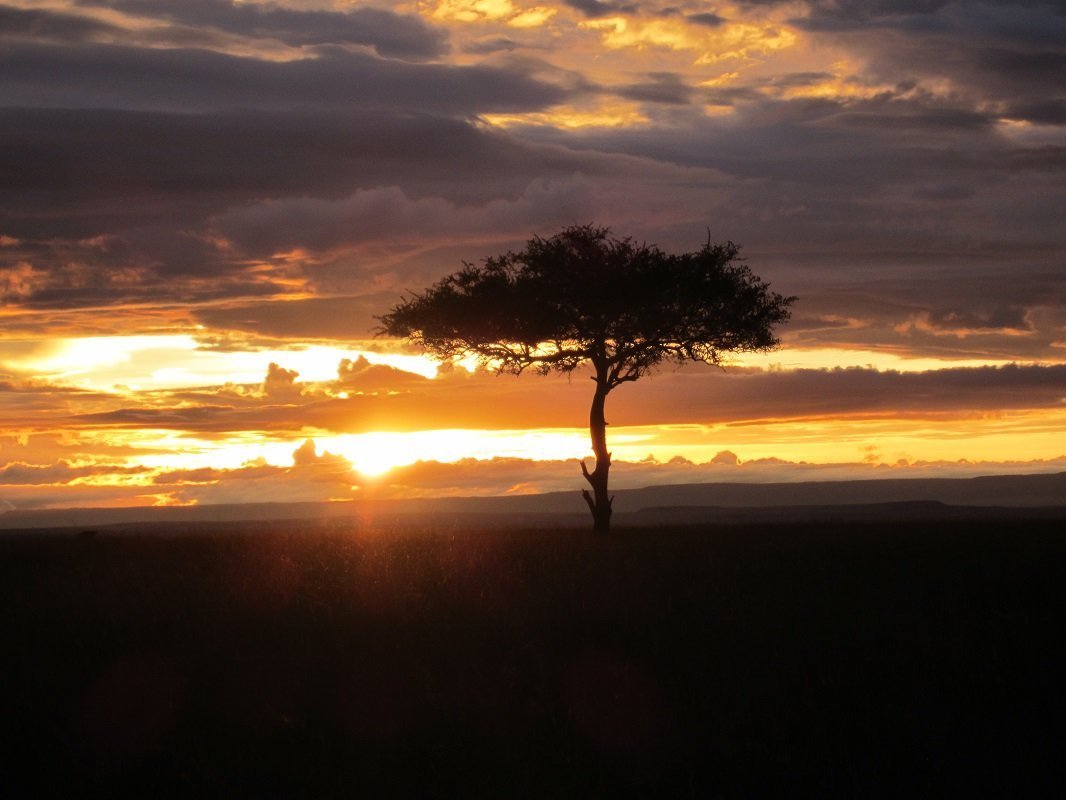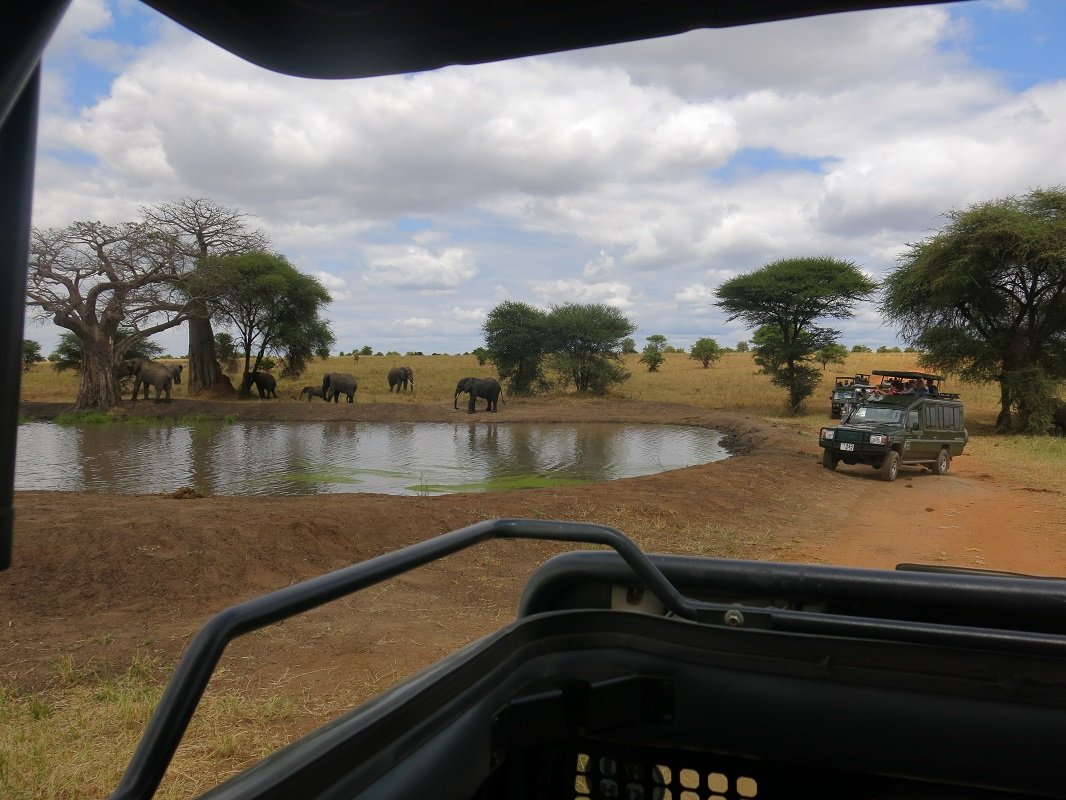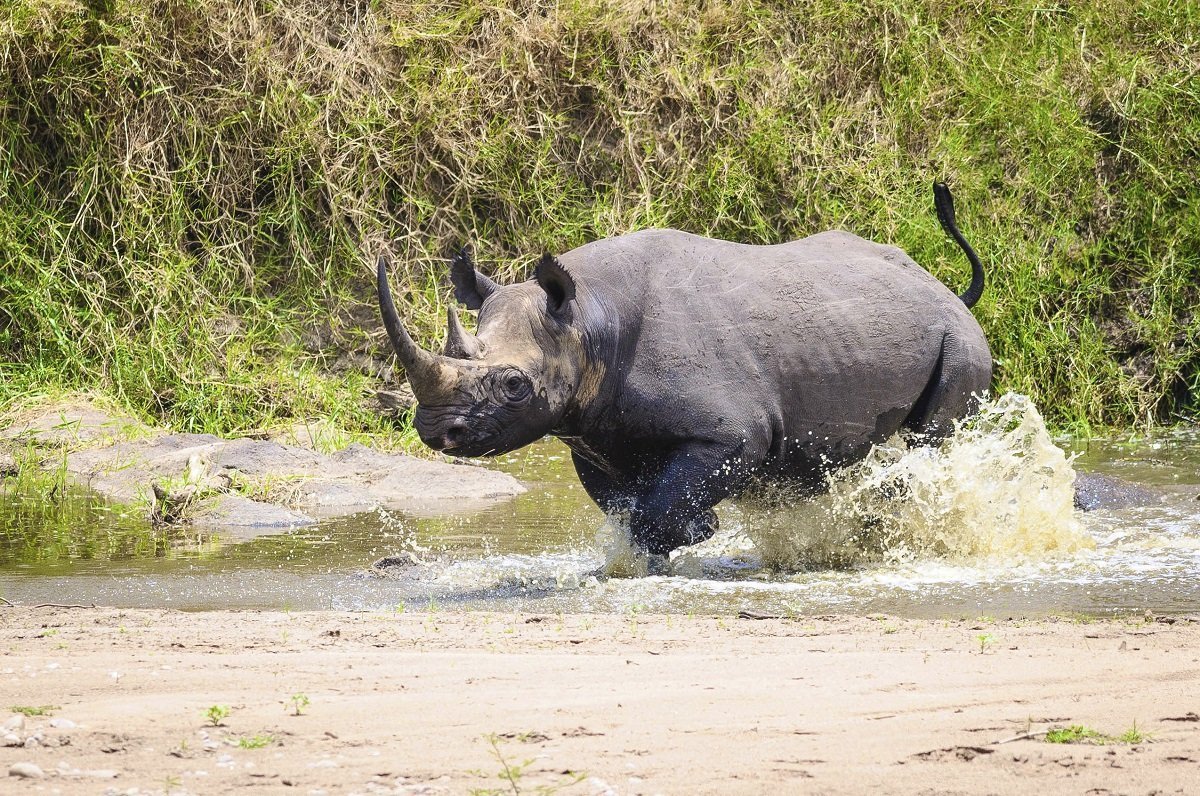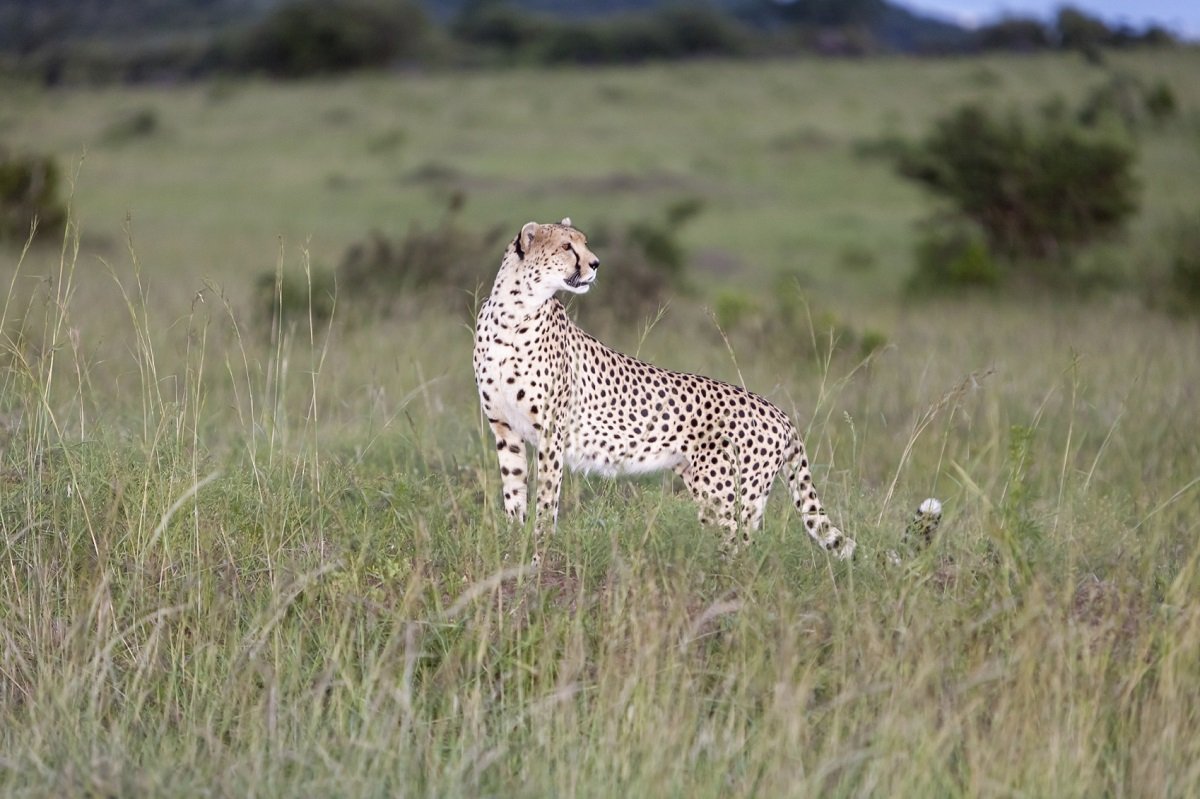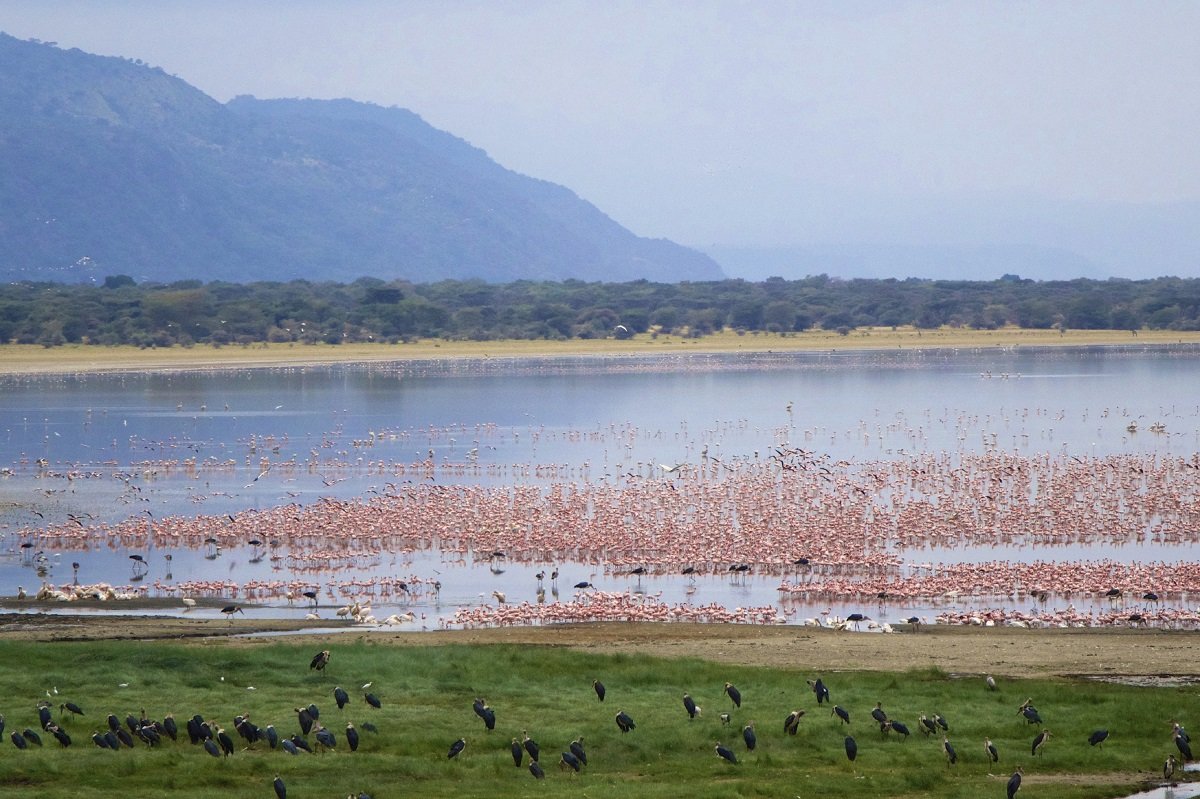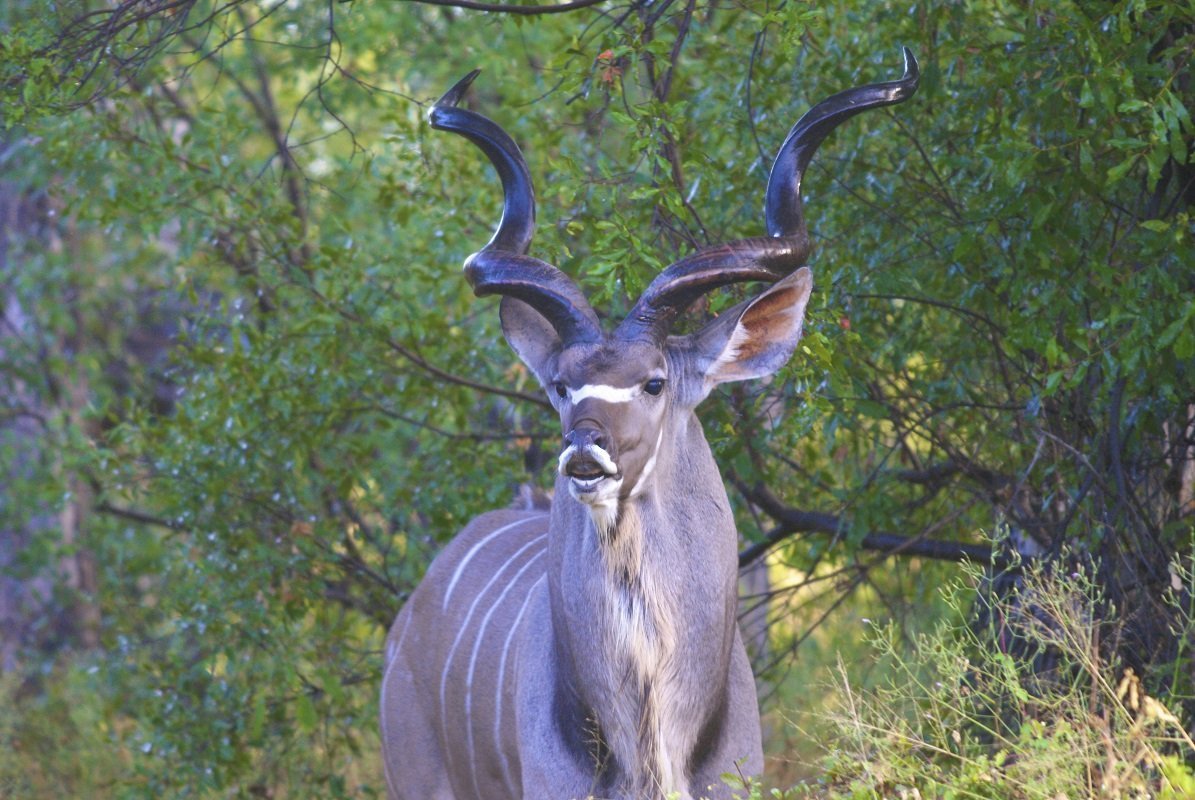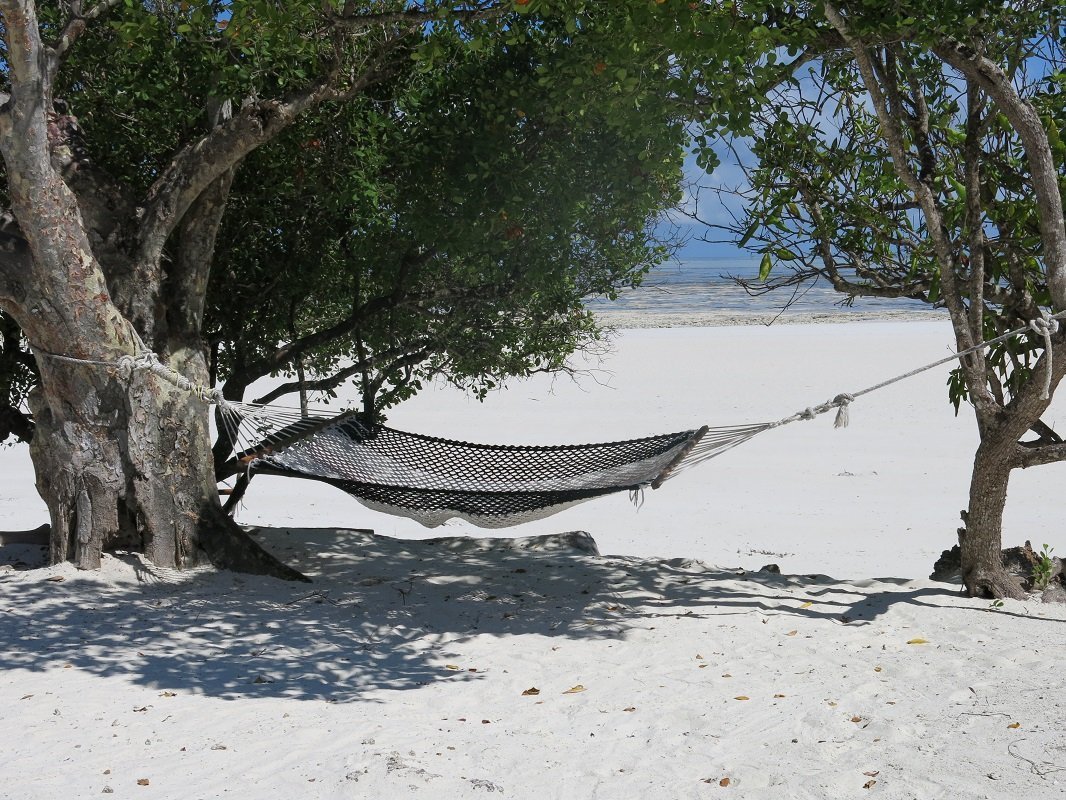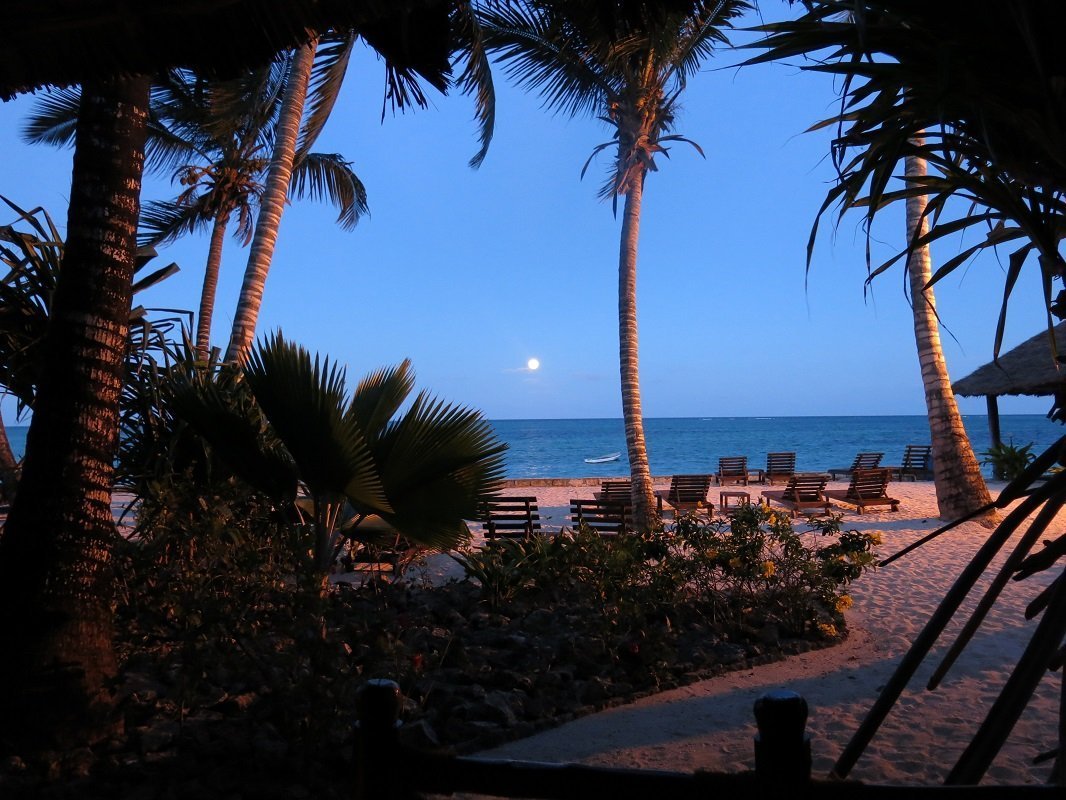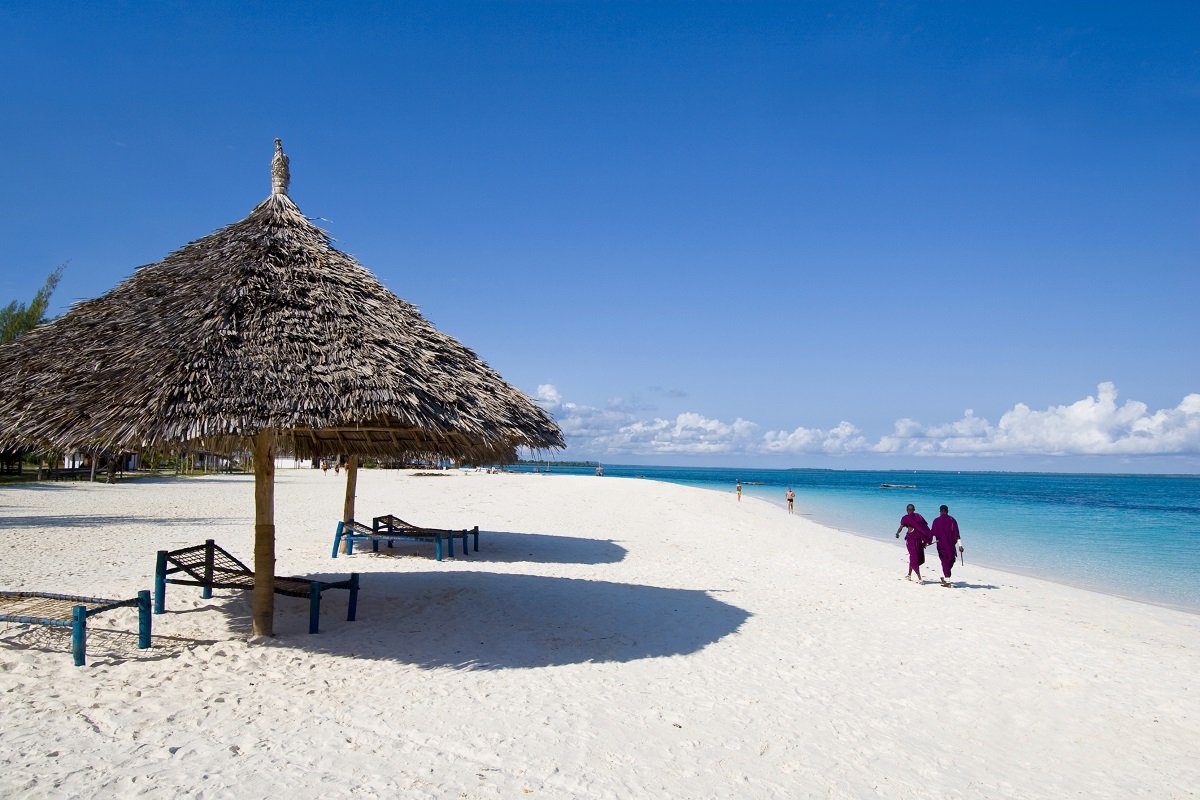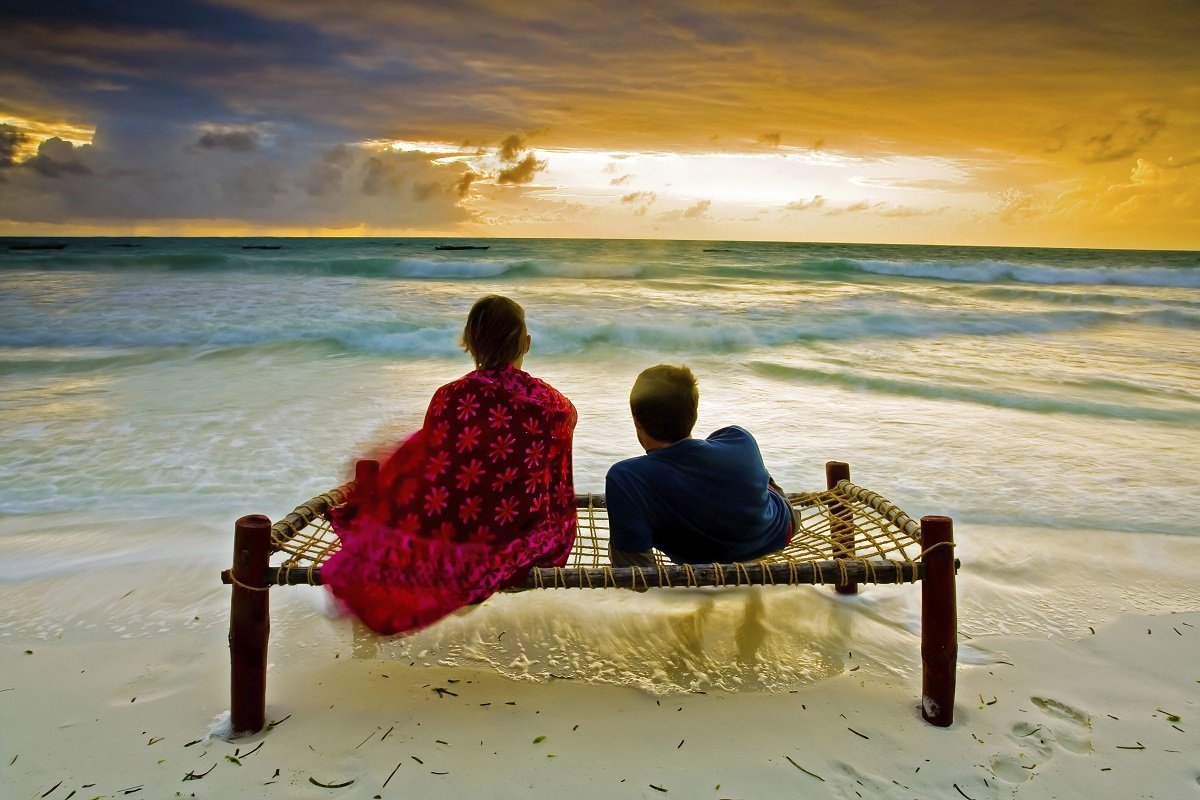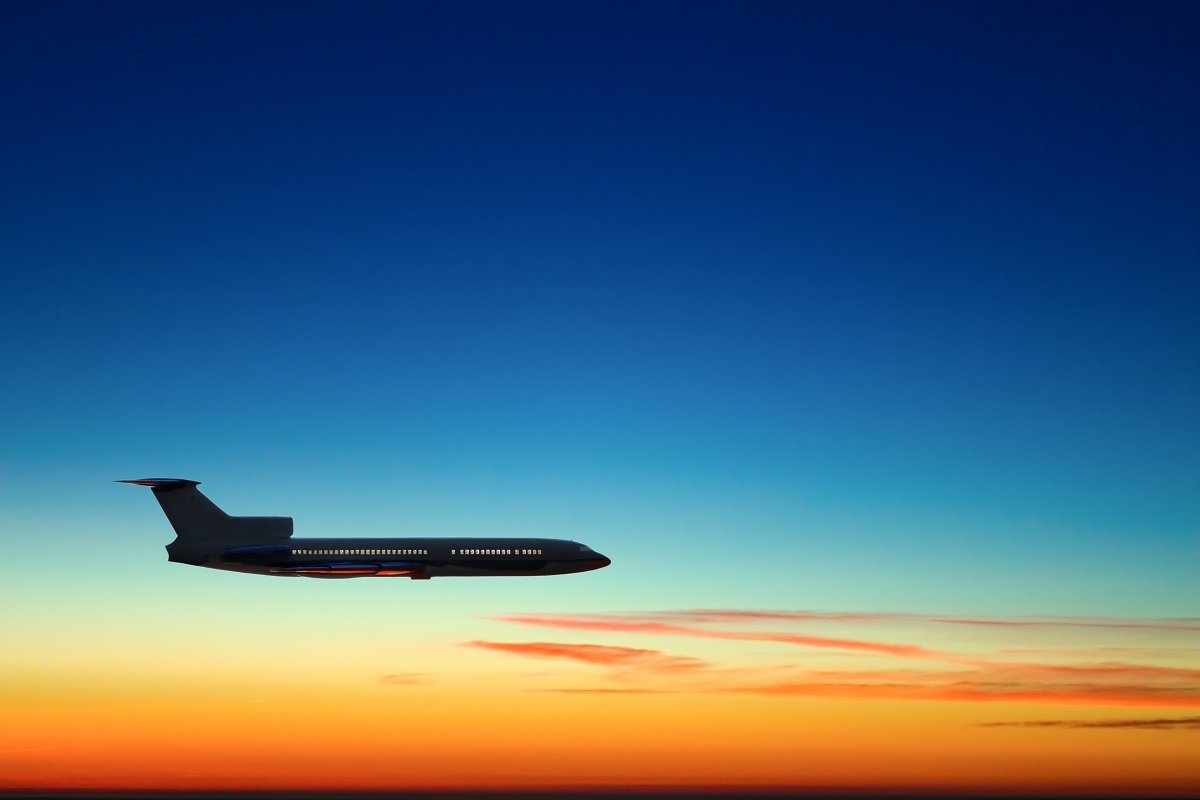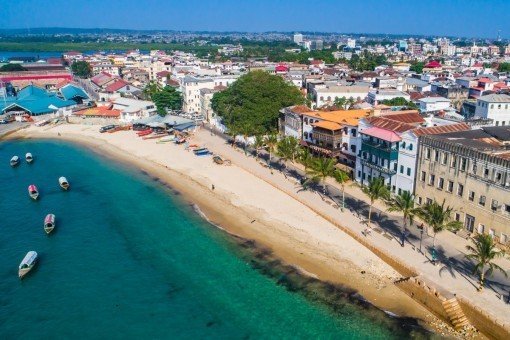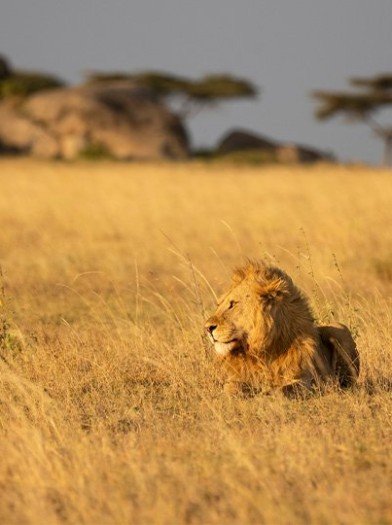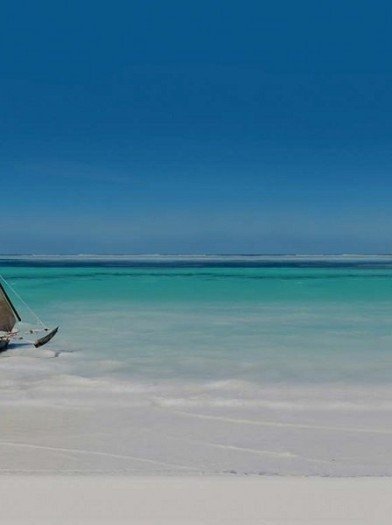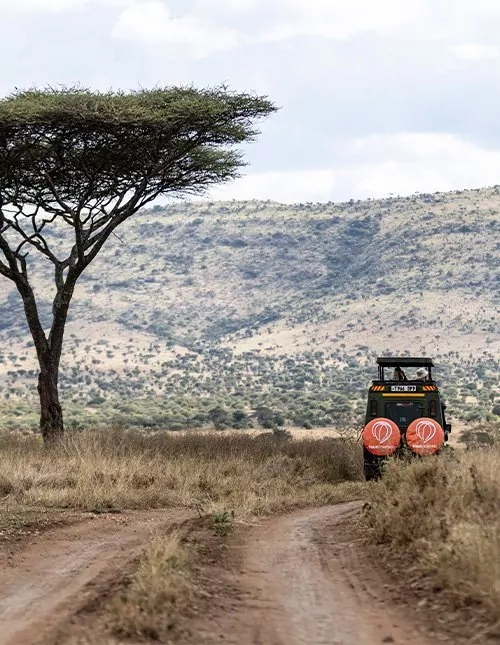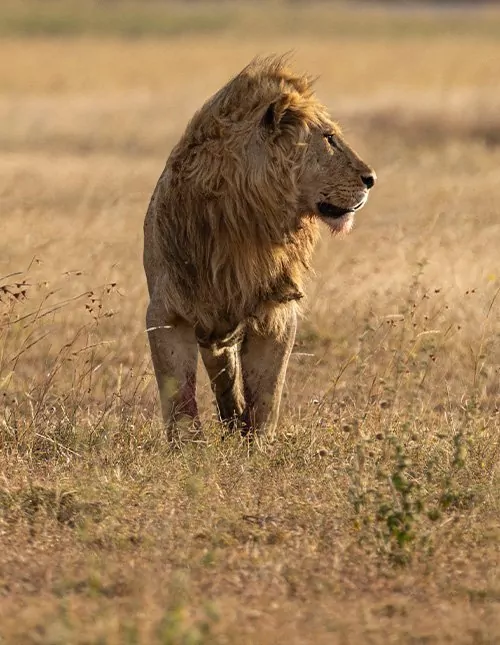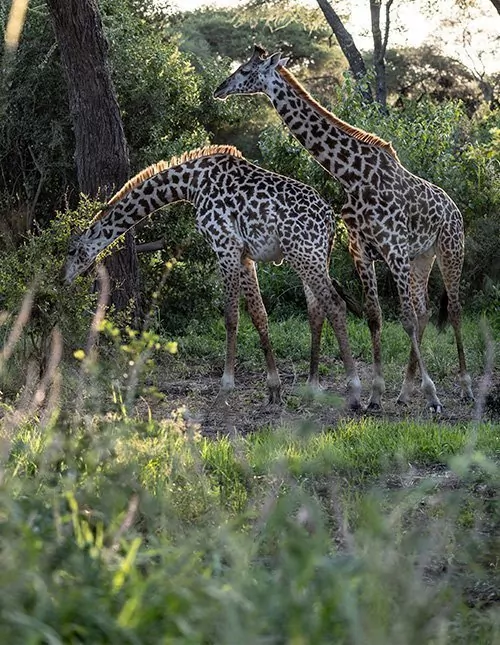Confidence Guarantee - Read more
- Home
-
Our tours
- Our tours
- Africa
- Asia
- Latin America
- North America
- Oceania
- Holiday types
-
Accommodation
- Accommodation
- Africa
- Asia
- Latin America
- North America
- Oceania
-
Practical info
- Practical info
- Africa
- Asia
- Latin America
- North America
- Oceania
- Info & contact
- Blog
12 days
Safari in Serengeti & Ngorongoro and beach holiday in Zanzibar
Experience Africa’s iconic animals on a short safari tour. Get up close to nature and sleep in comfortable tents on the Serengeti. The tour concludes with a beach holiday in wonderful Zanzibar.
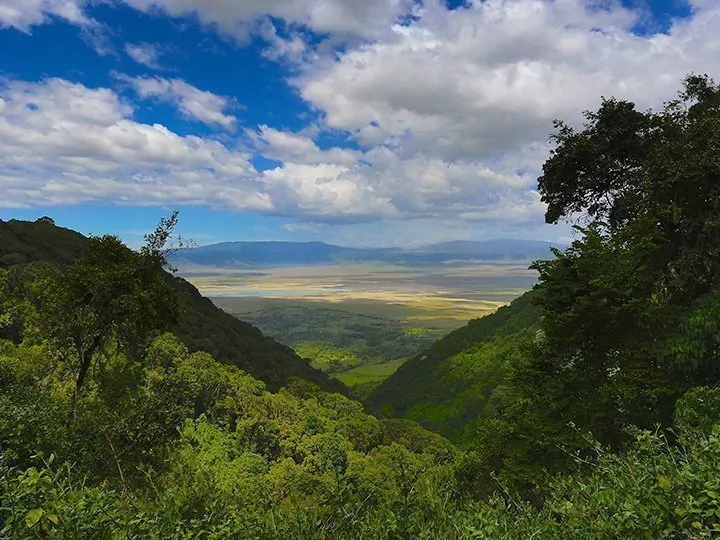
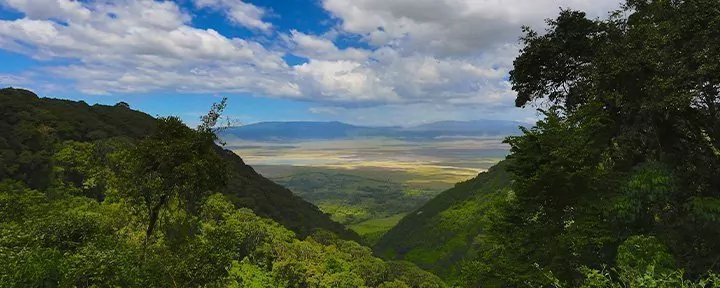
12 days
Safari in Serengeti & Ngorongoro and beach holiday in Zanzibar
Experience Africa’s iconic animals on a short safari tour. Get up close to nature and sleep in comfortable tents on the Serengeti. The tour concludes with a beach holiday in wonderful Zanzibar.
What is included in the price?
This package includes the following
- Flights from chosen airport to Kilimanjaro incl. transfer
- Local English speaking guide/driver
- 4 nights’ accommodation in Tanzania incl. full board
- Serengeti National Park – Search for ”The Big 5”
- Visit to a Masai village
- Ngorongoro Crater – Paradise to around 30,000 animals
- Lake Manyara National Park – UNESCO biosphere reserve and unique biodiversity
- Window seat in a four-wheel drive vehicle and a free bottle of water during safari tours
- Park fees
- Flight from Tanzania to Zanzibar incl. transfer
- 5 nights’ accommodation in Zanzibar at Ocean Paradise Beach Resort**** incl. half board
- Possibility to extend the beach holiday in Zanzibar
- Flight from Zanzibar to chosen airport incl. transfer
- ATOL certificate
- Emergency hotline staffed 24/7 throughout your trip
- Departure guarantee – Tour requires minimum 2 participants
THE TOUR IN SHORT
This tour takes you to the most important highlights on safari in Tanzania: Serengeti National Park, Ngorongoro Crater, Ngorongoro Conservation Area and Lake Manyara National Park. where you have the chance of seeing all of Africa’s iconic animals on a short, compact safari. At the same time, you not only experience staying at a hotel, but at a tented camp, too, where you are really at one with the magnificent African nature. The tents have proper beds and en suite bathroom and toilet. This will be a highlight of your tour.
The tour rounds off with a beach holiday in the wonderful Zanzibar, where you can soak up the sun, bathe in the Indian Ocean’s warm, crystal clear waters, or simply lounge by the pool.
Why choose this tour
- Look forward to an authentic safari experience in Serengeti and the Ngorongoro Crater and round it all off with a beach holiday in Zanzibar
- Experience elephants, buffaloes, wildebeest, giraffes, zebras and lions
- You round off the tour with a fabulous beach holiday in exotic Zanzibar
- It is possible to extend your stay at the beach or be enchanted by Stone Town’s winding streets
Our tours always include
- All international and domestic flights
- All accommodations
- All specified excursions and activities
- 24/7 telephone – We’re with you all the way
Detailed Itinerary
Day 1:
Flight to Tanzania
Today is departure day, where you will fly to Tanzania with connecting flights along the way.
Day 2:
Highview Hotel, Karatu
You land at Kilimanjaro Airport, which is close to Africa’s highest mountain, Kilimanjaro. The conical Mount Kilimanjaro is 5,895 metres high and enjoys a stunning location on the plateau on the border between Tanzania and Kenya..
Your driver/guide is waiting for you at Kilimanjaro Airport, ready to drive you to Highview Hotel. It is a combined drive and sightseeing tour, taking you through the villages of Chini, Kisongo, Makuyuni, Mto Wa Mbu, to the rolling landscape at Karatu, where Highview Hotel is located.
Guests at Highview Hotel are often welcomed by Masai, dressed in their traditional attire. Perched on a hilltop, the hotel affords a colourful panorama over scenic valleys of small fields and coffee plantations. The farmers here employ many different ways of keeping the elephants and other animals from ravaging their crops, such as planting fences of chilli.
Once you arrive at the hotel, the rest of the day is yours to do as you please.
Please note: Today you’ll be driving to Highview Hotel in Karatu, where you will stay overnight. This will leave you with a shorter drive to Serengeti than if you stay overnight at Springlands Hotel in Moshi, for example.
Accommodation:
Possible upgrades:
Day 3:
Ngorongoro Conservation Area and Serengeti National Park
After breakfast, it is time to check out of the hotel and get ready for an exciting drive through the hilly highland plains of the Ngorongoro Conservation Area towards Serengeti National Park.
The ride takes you deep into the Ngorongoro Conservation Area, where you will have the chance to meet red-dressed Masai tribesmen in a local village. The Masai people are nomads, and their wealth is measured in cattle and goats. Their villages typically consist of a number of small huts arranged in a circle. The huts are built of branches, clay and cattle dung. The building style and the size of the huts illustrate how when the grass is exhausted in one area, the entire community can relocate to a different place where there is fresh pasture for the livestock. In the village, you can experience the everyday life of the Masai community and admire the traditional arts and crafts of the Masai women, which is primarily centred on work with beads. The Masai are keen to trade, and as the buyer you are expected to haggle.
After lunch, the tour continues to the impressive savannah landscape in Serengeti National Park. You will drive into the park via the north-western entrance at Nabi Hill Gate.
Serengeti is the oldest national park in Tanzania and covers an area of more than 14,500 km². The seemingly endless plains are interspersed with small lakes and occasional watercourses, and the park as a whole is home to pretty much all the animals inevitably associated with Africa: elephants, hippopotamuses, rhinoceroses, giraffes, buffalo, gnus, zebras, lions, leopards, cheetahs and ostriches, to name but a few … Serengeti actually holds the world record for animal numbers and is home to one of the world’s greatest animal-related marvels – the giant migration, in which gnus, zebras and gazelles in their hundreds of thousands wander from one part of the park to another, depending on the rainy season.
While you are on your game drive, you will be making your way towards the extraordinary Serengeti Wild Camp or Serengeti Wildebeest Camp* where you will be spending two nights.
Day 4:
Safari in Serengeti National Park
The day starts with breakfast in the large communal tent, overlooking the majestic savannah. It is then time to head off on a full-day safari in Serengeti National Park. The objective is to capture photos of ‘The Big Five’: lion, leopard, elephant, rhinoceros and buffalo. The savannah is the habitat of countless gnus, Thomson’s gazelles, Grant’s gazelles, impalas, topi-antelopes, elands and warthogs, as well as all kinds of birds including Bateleur eagles, secretary birds, Guinea fowl, European rollers and crowned cranes. You are also sure to see (and smell) hippopotamuses, which gather in what are known as ‘hippo-pools’ – small lakes that can contain up to 50 hippopotamuses.
After a full day’s safari on the Serengeti plain, including a picnic lunch, you will return to Serengeti Wild Camp towards evening. You can then enjoy a hearty dinner before retiring to your tent for a good night’s sleep under the starry African sky, accompanied by the sounds of the savannah.
Day 5:
Serengeti safari and the Ngorongoro Crater
Exciting, new safari experiences await you today.
From the Serengeti, you drive south-east in the direction of Ngorongoro. You arrive at the Ngorongoro Conservation Area in the morning and drive up the outside of the crater. The vegetation now changes significantly compared to the flat plains of the Serengeti. When you leave the Serengeti, the Masai appear – the women washing clothes in the waterholes, and the young boys driving their cattle across the grasslands.
From the top of the crater’s edge, the road winds 600 metres down on the inside of the extinct volcano to the 260 km² crater floor. Inside the lush crater are savannah, swamps, lakes, small rivers, acacia groves and a saltwater lake. The crater is home to 25,000–30,000 animals. Many people compare the experience on the crater floor to “a drive in Jurassic Park” because there are animals everywhere. There are several lion prides in the relatively small area, large buffalo herds, flamingos, and even the black rhino has found its way into the crater. The only animal you won’t see here is the giraffe, which has never moved from the Serengeti to the Ngorongoro Crater.
You eat the packed lunch you have brought with you at one of the selected places in the crater.
Late afternoon, you drive up the crater and back to the Highview Hotel, where you will stay for the night. If you wish to treat yourself to an extra special experience, you might like to upgrade to Ngorongoro Wild Camp (surcharge applies).
Accommodation:
Possible upgrades:
Day 6:
Lake Manyara, flight to Zanzibar
You check out of Highview Hotel early and then drive to Lake Manyara National Park. Extending over an area of 330 m2, this is one of Tanzania’s smallest national parks, of which the lake itself covers a good two-thirds, depending on the season.
It was here on the southern shore of the lake that Ernest Hemingway’s camp was situated in the mid-1930s, while he went hunting for the largest and most beautiful kudu in the nearby area, known today as Tarangire National Park.
Lake Manyara National Park was established in 1960 to preserve the region’s unique ecosystem, and in 1981, it became part of UNESCO’s Man and the Biosphere Programme (MAB).
The area is part of the spectacular Great Rift Valley, which runs all the way through the African continent from the Middle East to Mozambique. Researchers believe that this rift system will at some point in the future cause the African continental plate to split into two separate continental plates and thus tear a large part of the African continent apart from the rest.
The national park, which is long and narrow, is bordered to the east by Lake Manyara itself, and to the west by the slopes of the Rift Valley, which are up to 600 metres high. In between are open grasslands, a jungle-like forest, mangroves, hot springs and swamps. The diversity is unrivalled, and it is impressive to see how drastically the landscape changes in a relatively small area. With the many different habitats comes a great variety of wildlife – although the animals can be difficult to spot amidst all the lushness.
The great biodiversity in the park also attracts many birds – more than 400 different bird species have been recorded here.
Lake Manyara itself is a soda lake, and the water level fluctuates a lot depending on whether it’s the rainy season or the dry season. Along the shore, you may be lucky enough to see large flocks of flamingos.
After this final nature experience, you’ll be driven to the airport, where you round off the safari with an excellent hot lunch in a genuine safari tent before flying on to the exotic island of Zanzibar.
Accommodation:
Days 7-10:
Beach holiday, relaxation and experience Zanzibar
The days in Zanzibar are yours to do as you please.
Located in the Indian Ocean, Zanzibar consists of the main islands of Unguja (unofficially known as Zanzibar) and Pemba, as well as myriad small islands.
When it comes to nature and culture, the island of Zanzibar is truly spoilt: white sandy beaches, azure sea and a stunning coral reef. The island’s climate is hot and sunny all year round, and its dramatic history features Arab sultans, Portuguese seafarers, slave trade and European explorers, all of which have left their mark on the island.
The capital, Stone Town, is probably one of East Africa’s most charming cities, packed with beautiful Arabic architecture, exciting shops and good restaurants serving all manner of seafood, fresh produce and delicious Swahili cuisine.
Accommodation:
Day 11:
Zanzibar - homewards
The day is at your leisure until departure for the airport. After check in you fly from Zanzibar homewards with possibly transfer en route, depending on the airline.
Day 12:
Arrival home
You will arrive at your chosen airport following an intense, fantastic safari experience and wonderful beach holiday in Zanzibar packed with memories to cherish for the rest of your life.
|
|
Combine with
Choose from the options below
Experiences in Stone Town
2 nights
If you love Marrakesh, you’ll love Stone Town too. Narrow, winding streets without pavements, constant swarms of children and adults, bicycles, donkeys and merchants peddling everything in small shops sitting right out into the road. At the square’s “barazas” (built-in benches) in the middle of the labyrinth, men sit and talk over cups of strong coffee while children play ball and a cat stretches lazily in the sun.
At first sight, the city looks quite ramshackle, but just take a look at the doors! The big, heavy, elaborately decorated wooden doors are in many ways synonymous with Zanzibar’s biggest city.
There are markets and museums here, plenty of excursion opportunities and a vibrant waterfront. During the day, the waterfront is well-frequented by locals taking strolls, young men making trips from the quay as well as fishing and tourist boats both arriving and setting off. In the evening, there is a local market here.
Stone Town is in many ways practically an experience of the senses. Here you will find smells and sounds, flavours, colours, history and culture – Stone Town has it all. It is no mystery that the town is on UNESCO’s World Heritage List.
Accommodation:
Possible upgrades:
Optional tours:
When would you like to travel?
Departure dates
All prices shown are per person
Special offers for groups of 4 or more. Request a quote today for more info.
REVIEWS
Travellers' tales
BEFORE YOU TRAVEL
Good to know
Africa

Catriona Hodge
Catriona is passionate about helping other people fulfill their travel dreams, as she knows how much travel has only improved her life for the better!
Opening hours
Monday-Thursday 9-15Friday 9-13
JOIN THE ADVENTURE
Related tours
WHY TRAVEL WITH TOURCOMPASS?
Why choose us
We know your time is precious. That's why we strive to provide personalised, attentive service to ensure your comfort and safety throughout your tour. From the moment you book to the moment you return home, we’re here to handle every detail with the utmost care.
We offer a diverse array of destinations, each promising its own unique story, shaped by its local cultures, fascinating wildlife, and natural beauty.
We design every tour based on the extensive research and first-hand experiences of our travel specialists and experts. Each tour is crafted to showcase the best each country has to offer.
With us, you can rest assured; your journey is in safe hands. We are ATOL certified and a proud member of ABTA, maintaining rigorous standards of quality and service to ensure your complete peace of mind.
